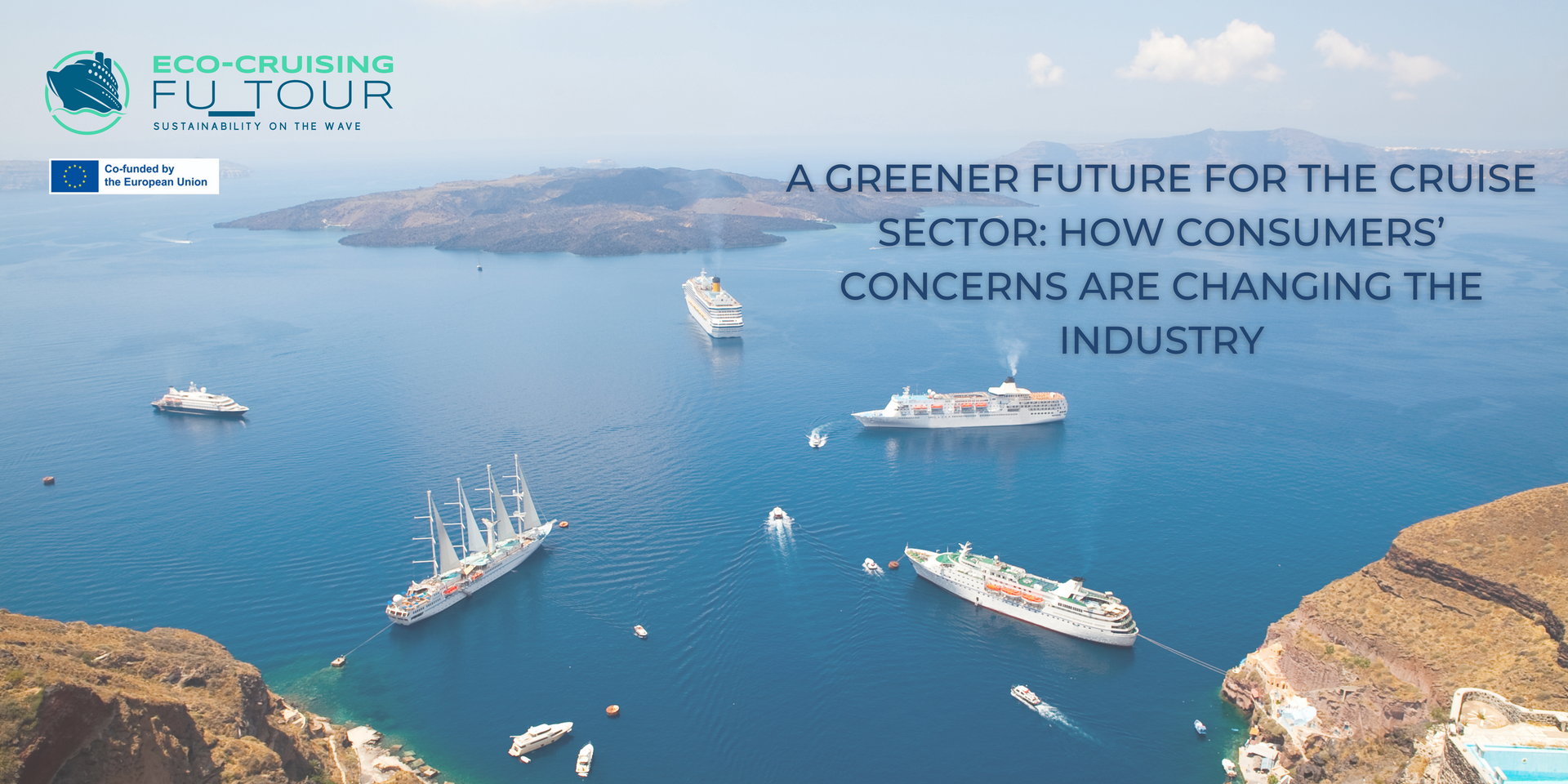A greener future for the cruise sector: how consumers’ concerns are changing the industry.

Environmental concerns have become increasingly important to cruise customers in recent years. With more awareness and education on the impact of the tourism industry on the environment, travellers are now looking for ways to reduce their carbon footprint while still enjoying the pleasures of travel. The cruise industry has responded to this demand by rapidly evolving with new technology that reduces its impact on the environment.
One of the most significant changes in the cruise industry is the focus on sustainability. Many new ships are using cleaner fuels such as liquefied natural gas (LNG) and lower-emission technology to reduce their impact on the environment. Ships are also being designed with energy-efficient features like LED lighting and smart HVAC systems to reduce energy usage. These changes not only reduce the environmental impact of the industry, but also save money for the cruise lines.
Luxury features are also being added to mainstream ships to attract customers who are environmentally conscious. For example, some cruise lines are offering organic and locally sourced food options, as well as sustainable and eco-friendly shore excursions. Additionally, some ships now have onboard recycling programs, water conservation measures, and even hybrid propulsion systems.
The Cruise Ship Report Card evaluates 18 cruise lines on four environmental factors: sewage treatment, air pollution, water quality compliance, and transparency. This scorecard is a crucial tool for customers to make informed decisions about which cruise lines are the most environmentally responsible. The report card has led to increased transparency and accountability in the industry, with cruise lines striving to improve their scores.
However, the COVID-19 pandemic has had a profound impact on the global cruise tourism industry's sustainable development. With operating losses of billions of dollars for major cruise companies and a significant decrease in passenger numbers, sustainability has taken a back seat to survival. Nonetheless, the industry has continued to innovate and adapt to the new normal. For example, some cruise lines are using UV light technology to disinfect cabins and common areas, while others are implementing contactless check-in and dining options to reduce the risk of transmission.
In conclusion, environmental concerns have become more important to cruise customers, and the industry is rapidly evolving with new technology to reduce its impact on the environment. Customers can now make informed decisions about which cruise lines are the most environmentally responsible, thanks to tools like the Cruise Ship Report Card. Despite the challenges posed by the COVID-19 pandemic, the industry continues to innovate and adapt to the new normal, ensuring that sustainability remains a top priority for the future of cruise tourism.


